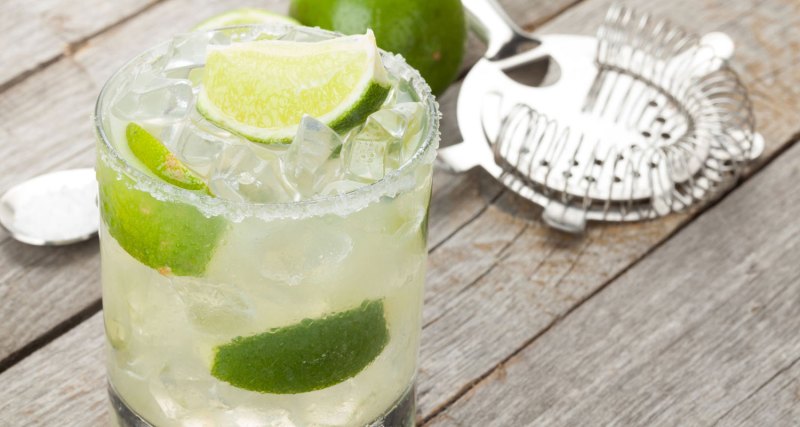
The best margaritas don’t grow on trees, nor do they show up in a can (although there are some tasty canned drinks these days). No, the tastiest version of the tequila classic is made fresh, with love and care and some wisdom from a couple of top bartenders.
It’s a balancing act, for sure, but when it’s dialed in, the margarita is one of the best and most refreshing cocktails ever devised. The classic mix of agave spirit, lime, salt, and a touch of sweetness is great alone or with any number of dishes, especially within Mexican cuisine (the nation where the drink was born).
So how do you make the king of the classic tequila cocktails? It’s all about freshness and catering to your liking of both brightness and sweetness. Oh, and the tequila plays a major role, so be sure you know what you’re working with. We like to think we make a mean margarita, but we can’t compete with the best in the business. So in order to improve our overall game, we reached out to some top bartenders, who can really answer the question of how to make a margarita.
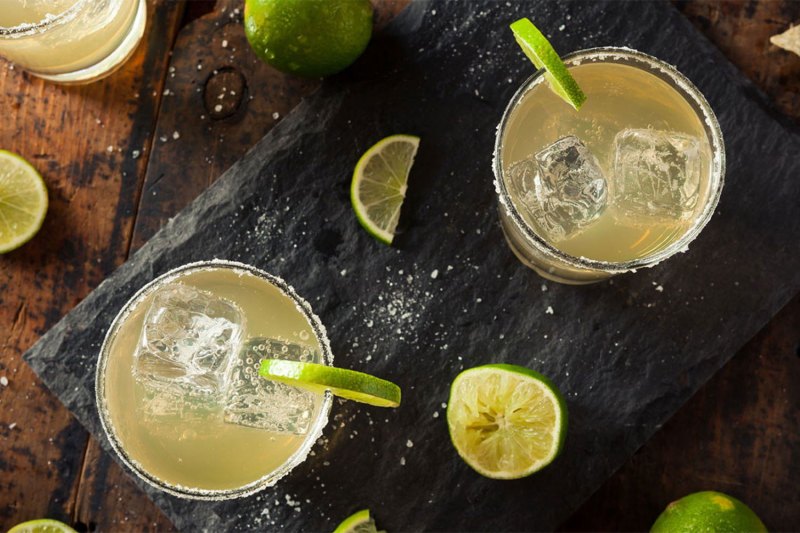
How to make a margarita
At the time of the original publication of this post, we spoke to Alicia Perry, who was the beverage director at Consortium Holdings. She told us she liked a well-rounded margarita, one that does not lean too much in any given direction. “The margarita, for me, is all about balance,” she said. “I certainly do not prefer mine to be utterly sweet or boozy. I prefer a partially salted rim of the glass, and a healthy lime wedge for expression.” Her recipe, below, stresses a good tequila, as well as lime juice, which always ought to be freshly squeezed.
Perry’s recipe calls for some restraint when it comes to salt. “I mention the partially salted rim of the glass; what I mean by this is one half of the rim salted, the other half unsalted. The reason being is that I like having the option to add salinity to the cocktail throughout my enjoyment of the cocktail,” she told us.
In terms of the added citrus, Perry prefers a lime wedge to wheel. “I enjoy the acidity and brightness a wedge contributes with the ease of a squeeze,” she said.
Sean Pearson echoed this sentiment, going for balance in his ideal margarita. He’s the general manager at La Esquina, a buzzing NYC taqueria. “Most often, when people make them at home, they either use too much tequila, the wrong type of tequila — something super sweet like Casamigos — triple sec, or synthetic juices and sweeteners,” he said. “All these things will ruin your margarita!”
Pearson goes with a blanco tequila to achieve the classic flavor profile. “The best tequilas for a margarita are 100% blue agave, and are more agave-forward in flavor, meaning peppery, vegetal, and even a little bit spicy,” he told us. “Search for a lowlands tequila, or a more floral highlands tequila to familiarize yourself with this flavor profile. All lowlands tequilas are representative of those characteristics.”
In terms of juices, Pearson said it’s all about lime and lemon and nothing else. “Sometimes people use orange juice, but OJ is so sweet by nature, and even the slightest bit just overpowers all the other flavors,” he said.
Perry and Pearson agree on just about all of the basic ingredients, including the sweetener. “Agave is native to Mexico, so naturally, it makes sense to use it to balance tequila,” Pearson told us. “Organic raw agave is less refined than the light blue agave, so the flavor is more pungent and rich. It’s also one of the lowest glycemic sweeteners you can use, so technically, even when used, the margarita can be classified as ‘skinny.'”
What about prep? Pearson said you have to shake the thing over ice. “Do not stir, and never just mix the ingredients and sip,” he said. “Shaking the margarita is essential to marrying all these beautiful components together, with water from the ice being the binding agent.”
Here are their two ideal and sibling margarita recipes. Shake ’em up and see which one you like best — you can’t go wrong.
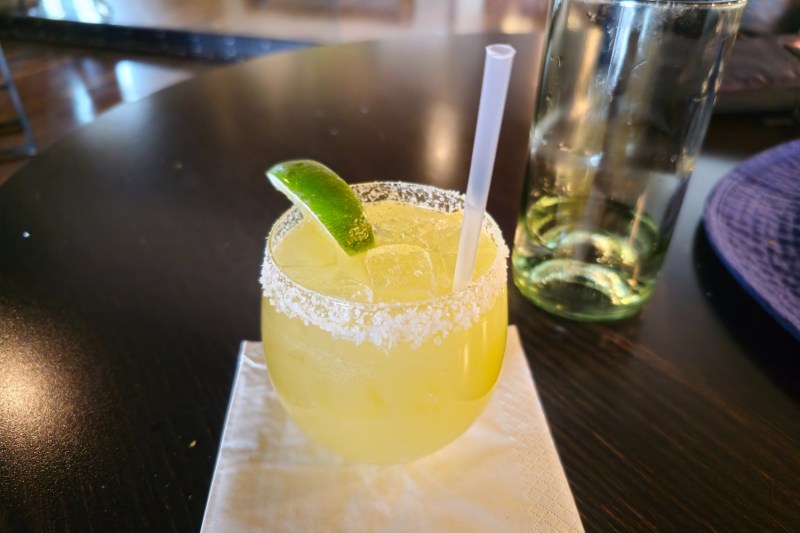
Alicia Perry’s margarita
This version uses fresh citrus, agave, nectar, and the candied orange quality of Cointreau.
Ingredients
- 2 ounces tequila of your choice (Perry likes El Tesoro Reposado or Tequila Ocho Blanco)
- 3/4 ounce fresh lime juice
- 1 ounce Cointreau
- 1/4 ounce agave nectar
Method
- Combine all ingredients in shaking tins or cocktail shaker with ice.
- Strain over ice into your preferred glass.
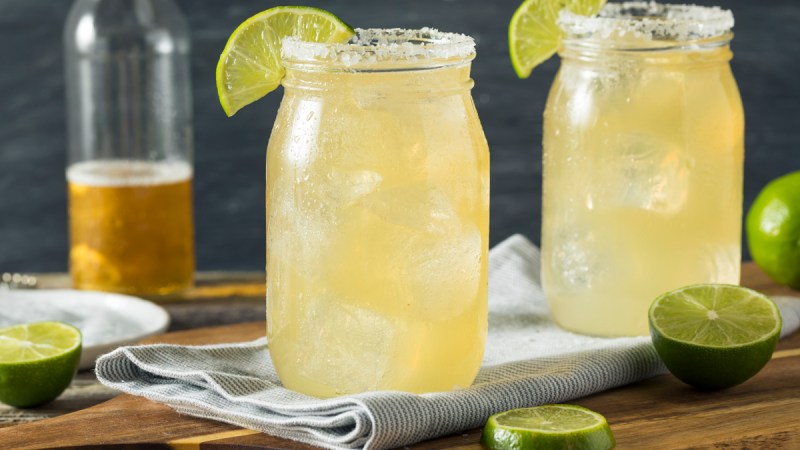
Sean Pearson’s margarita
Mixing fresh lemon and lime, this margarita is as bright as the sun and a great way to take the sting out of spicier snacks.
Ingredients
- 1 1/2 ounces tequila blanco (preferably from the Lowlands)
- 1 ounce fresh squeezed lime juice
- 1 ounce fresh squeezed lemon juice
- 1/4 ounce organic raw agave (go with a half-ounce if you prefer)
Method
- Mix all ingredients in a shaker, add ice, and shake vigorously.
- Strain into glass.
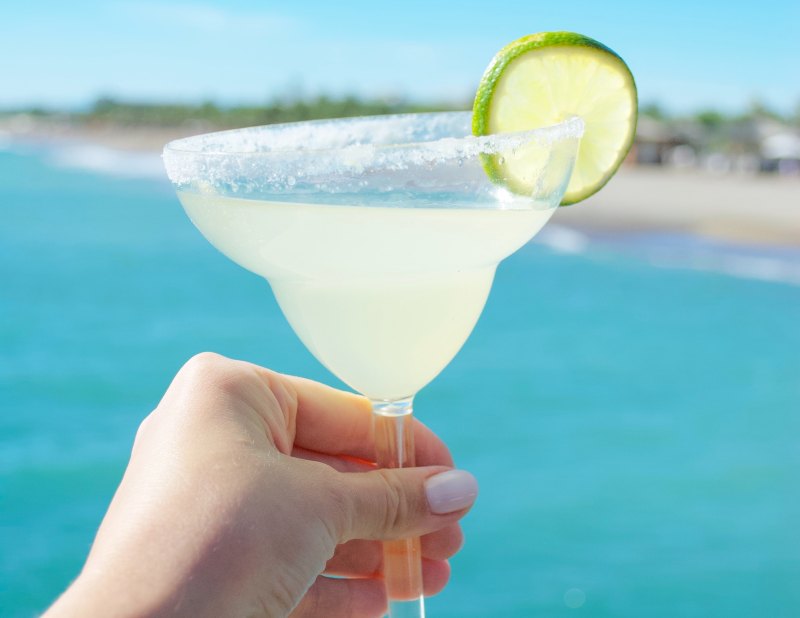
Do you need triple sec for margaritas?
While immensely popular, triple sec is not necessary for a good margarita (the above two recipes prove as much). Frankly, we tend to find the orange-flavored liqueur a bit much for a margarita, especially a nice zippy one with plenty of acid. But a little sweetness is often a good way to balance things out, so consider agave syrup, honey syrup, or other citrus-minded liqueurs. And remember, a little goes a long way, as they’re often pretty candy-like in flavor. If you’re feeling extra experimental, consider things like passion fruit liqueur or even a yuzu liqueur. There are many, many other options.
Editors' Recommendations
- How to master the perfect ribeye steak: Tips, tricks (and a delicious recipe)
- The definitive guide on how to eat crab, according to an expert
- How to grill corn on the cob: The tips, tricks, and recipes you need
- You should know how to make these incredible sauces
- How to make hard apple cider from the comfort of your home



